A living room-sized Bluetooth speaker, the Harman Kardon Onyx Studio 9 aims to appeal to design enthusiasts and discerning music lovers alike. This model, launched at CES 2025, promises improved stereo sound, more faithful reproduction thanks to automatic calibration, and an aesthetic that remains as polished as ever. After several days of testing, it's clear that this speaker isn't just about looks. It also displays a studied sound balance, although not without flaws.
A design that remains as iconic as ever
If there's one thing Harman Kardon hasn't changed, it's the visual DNA of its Onyx Studio range. The Onyx Studio 9 retains the iconic circular silhouette of its predecessors. Halfway between a sculpture and an audio device, it retains the appearance of a pebble surrounded by anodized aluminum (90% recycled), subtly tilted towards the rear. The acoustic fabric covering the front and back, now made entirely from recycled materials, adds a welcome touch of elegance to a contemporary living room.
Despite its sedentary vocation, the speaker remains relatively compact (28.9 x 28.7 x 13 cm) and light (3.33 kg), which still allows it to be easily transported from one room to another. It retains an integrated handle on the top, cleverly hidden in the structure so as not to distort the overall design.
To the touch as well as to the eye, the manufacturing quality is perfect. Each material is carefully selected, from the acoustic fabric to the matte aluminum of the chassis. The whole inspires confidence, and gives the impression of a durable product designed to last for years.
The bare ergonomic minimum
In terms of controls, the Harman Kardon Onyx Studio 9 plays the simplicity card; perhaps a little too much. Six physical buttons are present on the top of the speaker: power, Bluetooth, volume, play/pause, and stereo pairing. Their integration is discreet, but locating them blindly requires a little time to get used to.
However, we regret the absence of a clear visual indicator of the battery status or the volume level. The indicator light hidden under the fabric under the upper part of the front is so discreet that you never really know where you are, especially in a bright room.
The speaker also does not have voice control or a built-in assistant. A deliberate choice that is in line with the product's philosophy: to offer a home audio speaker, not a multifunctional connected station. That said, in 2025, the absence of a voice assistant or even a hands-free function still seems a little dated.
Limited connectivity and application
To accompany your speaker, the Harman Kardon application (iOS and Android) allows you to manage stereo pairing or customize the sound reproduction via presets and a 7-band graphic equalizer. The essentials are there, but it's still a bit short.
In terms of connectivity, the Auracast-compatible Bluetooth 5.3 allows you to create a stereo pair with the same model as well as connect with another compatible speaker. By simply pressing the dedicated button on the Onyx Studio 9 and a JBL Flip 7, the two speakers connect in an instant to play the same music. Ultra practical!
On the back, the USB-C port is only there for charging a device and the 3.5 mm jack allows you to connect an external source. No Wi-Fi, no support for Spotify Connect, AirPlay or Google Cast. A notable absence that somewhat limits advanced uses, and clearly places the Onyx Studio 9 in the Bluetooth speaker category rather than the multiroom speaker category.
Surprisingly balanced audio quality
Fortunately, the Onyx Studio 9 scores points elsewhere, particularly in terms of audio. For this, it is equipped with a 120mm woofer and three 20mm high-frequency drivers. The speaker offers a surprisingly linear sound signature for a Bluetooth model. The bass is present, but never too intrusive, the midrange is well balanced, and the treble is very smooth, without being aggressive or excessively bright. They could even be criticized for being a little too discreet within the spectrum.
Without a stereo pair, spatialization is necessarily reduced to its simplest expression, especially since the speaker is compact. While the instruments stand out well from each other, the device struggles to push beyond its physical limits. However, it handles the power ramp-up very well, allowing you to push the volume when necessary.
We listened to a variety of tracks ranging from jazz to rock, including electronic and classical music. In all cases, the Onyx Studio 9 proved versatile, with faithful and flattering reproduction. It will be suitable for background listening in a living room as well as for a more attentive session.
Especially since the speaker analyzes the room's acoustics using a built-in microphone, in order to adjust the sound reproduction accordingly. We were able to notice this particularly in the bass, which gains in precision and avoids overly invasive resonances in closed or small rooms.
Battery life: the bare minimum
The Onyx Studio 9 has a battery offering up to 8 hours of battery life according to the manufacturer. In our real-world tests with the volume at around 25%, we got just under 10 hours. There's no fast charging or accurate battery level indicator (only in the app), which means you have to plan ahead for recharging.
It's also possible to leave it plugged into the mains if you prefer purely sedentary use. A welcome possibility, as the performance seems lacking for a device of this size that can carry a powerful battery.

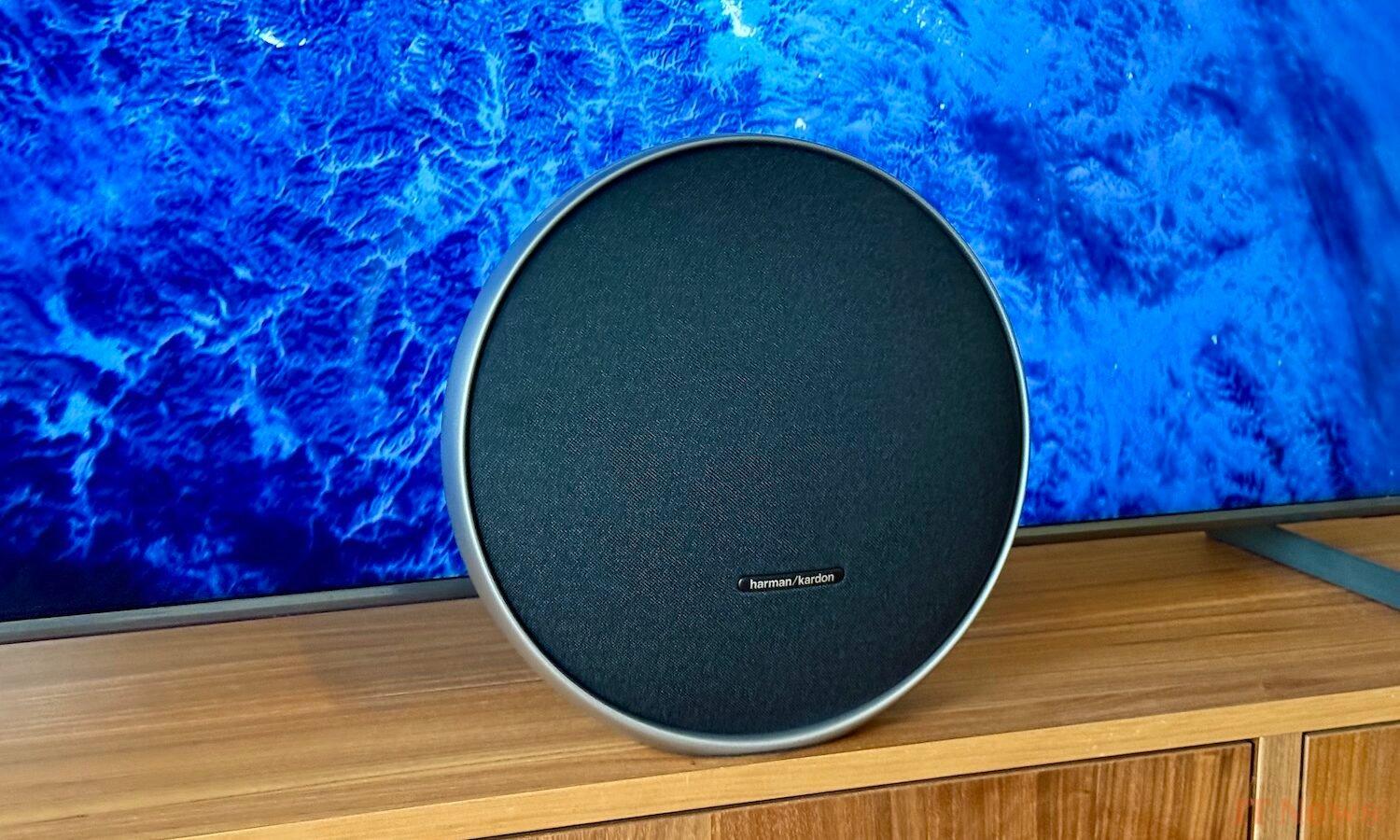
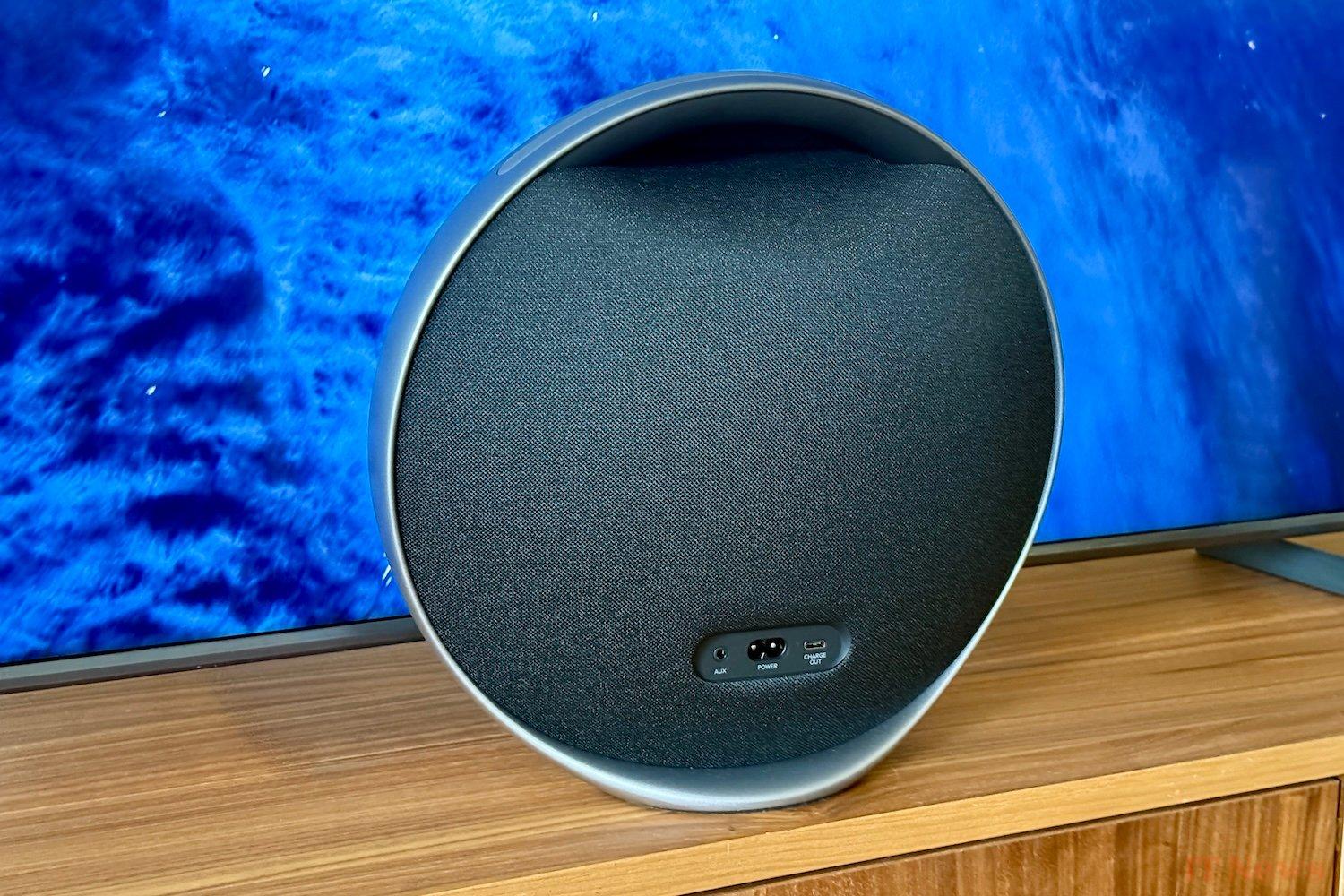
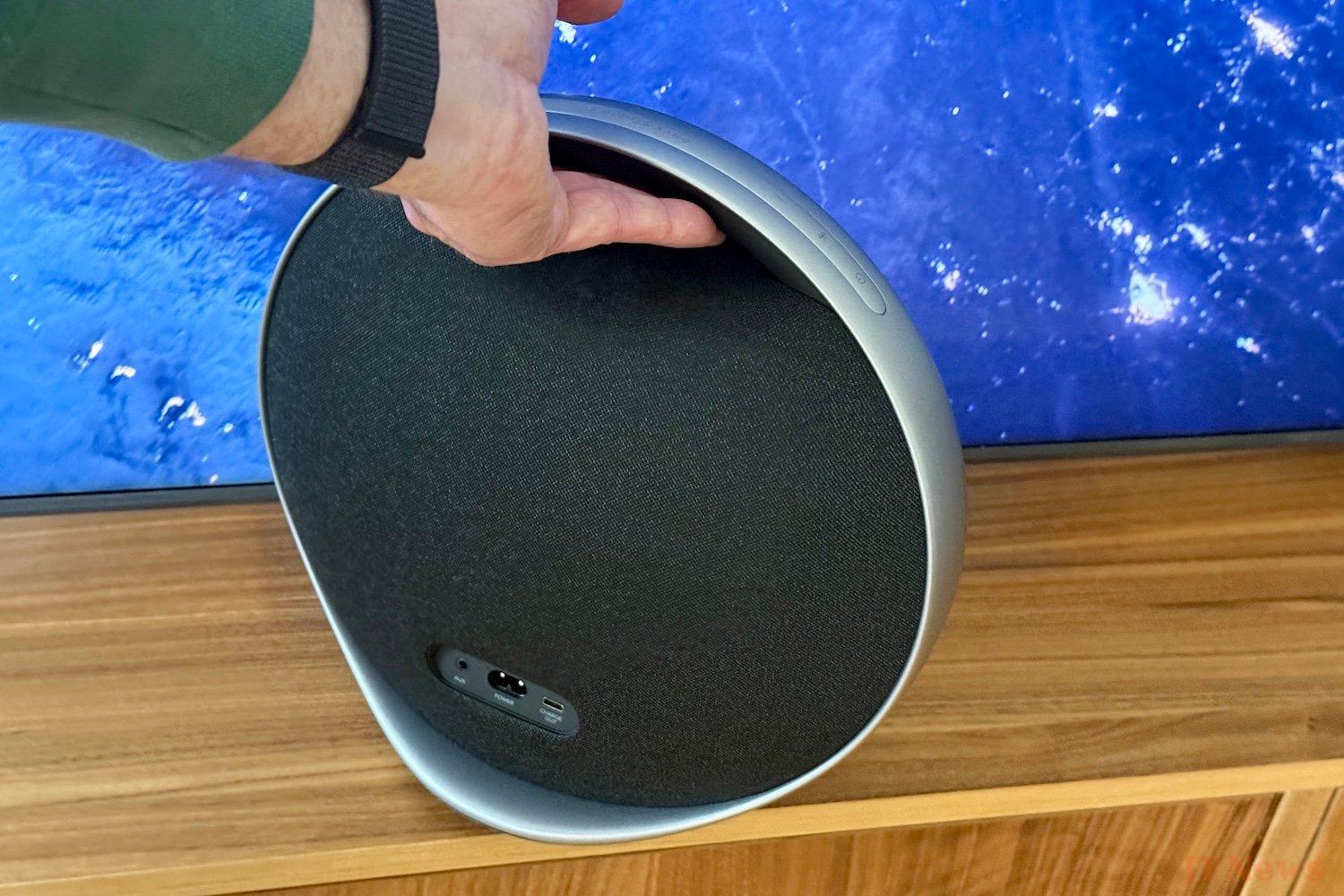
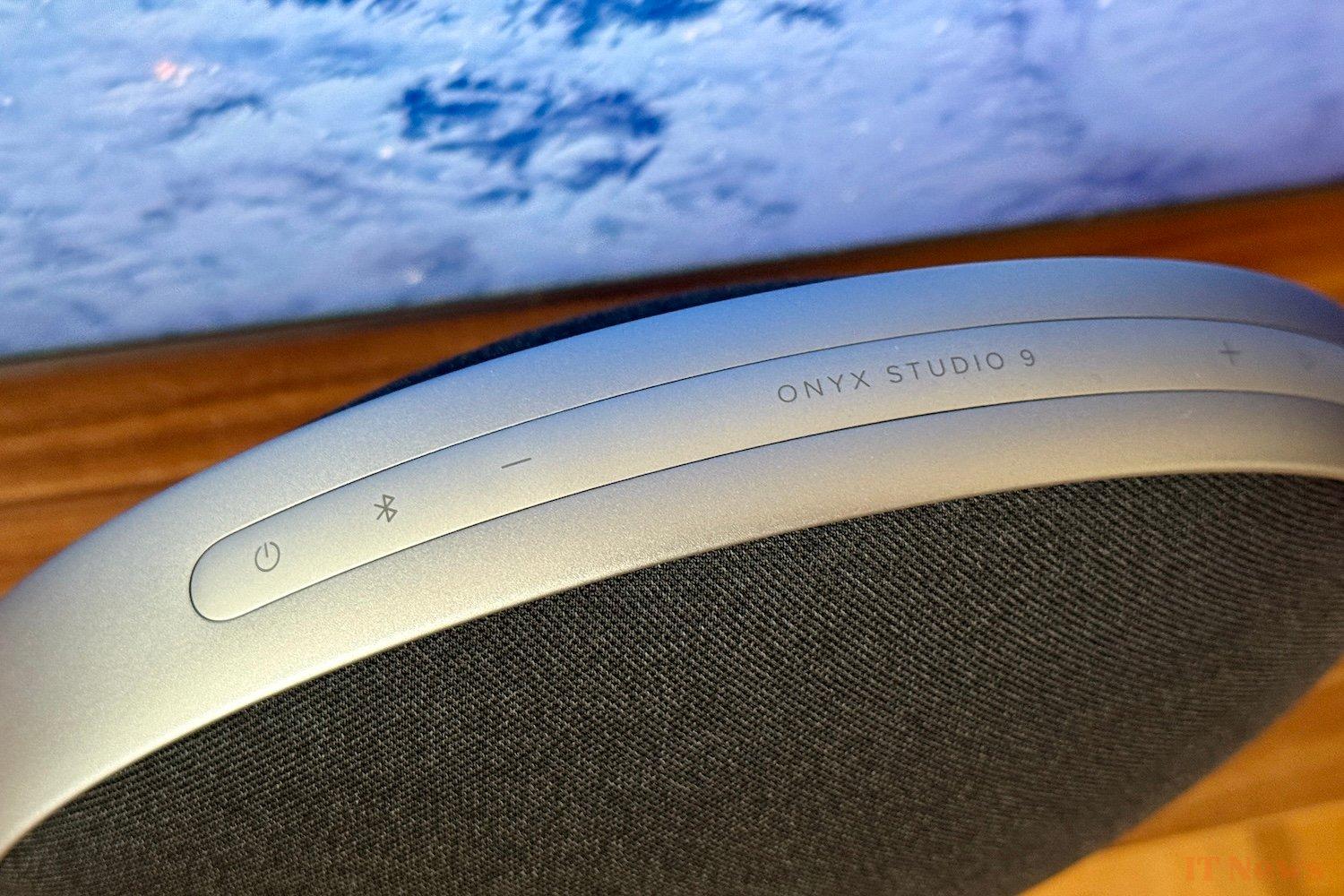
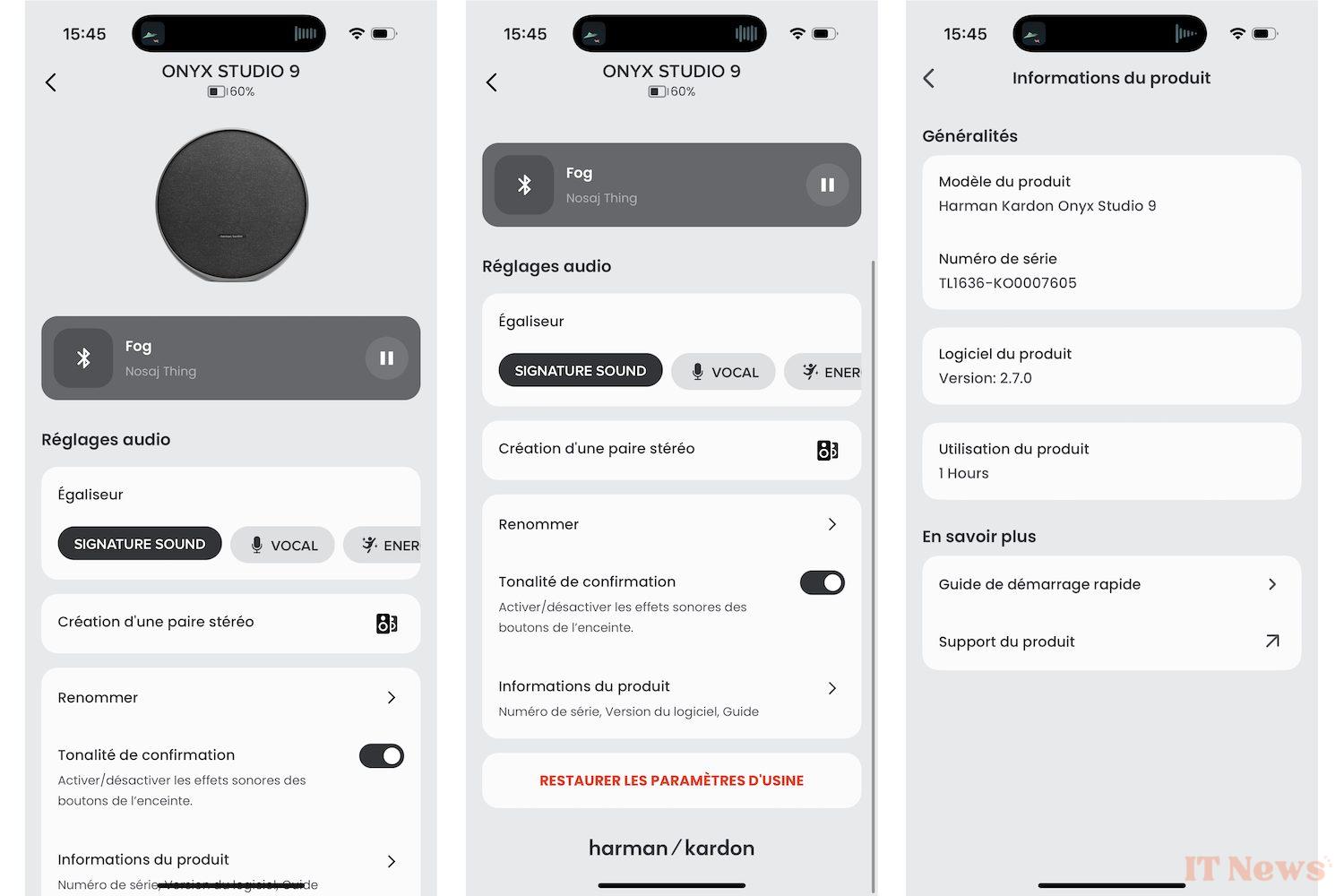
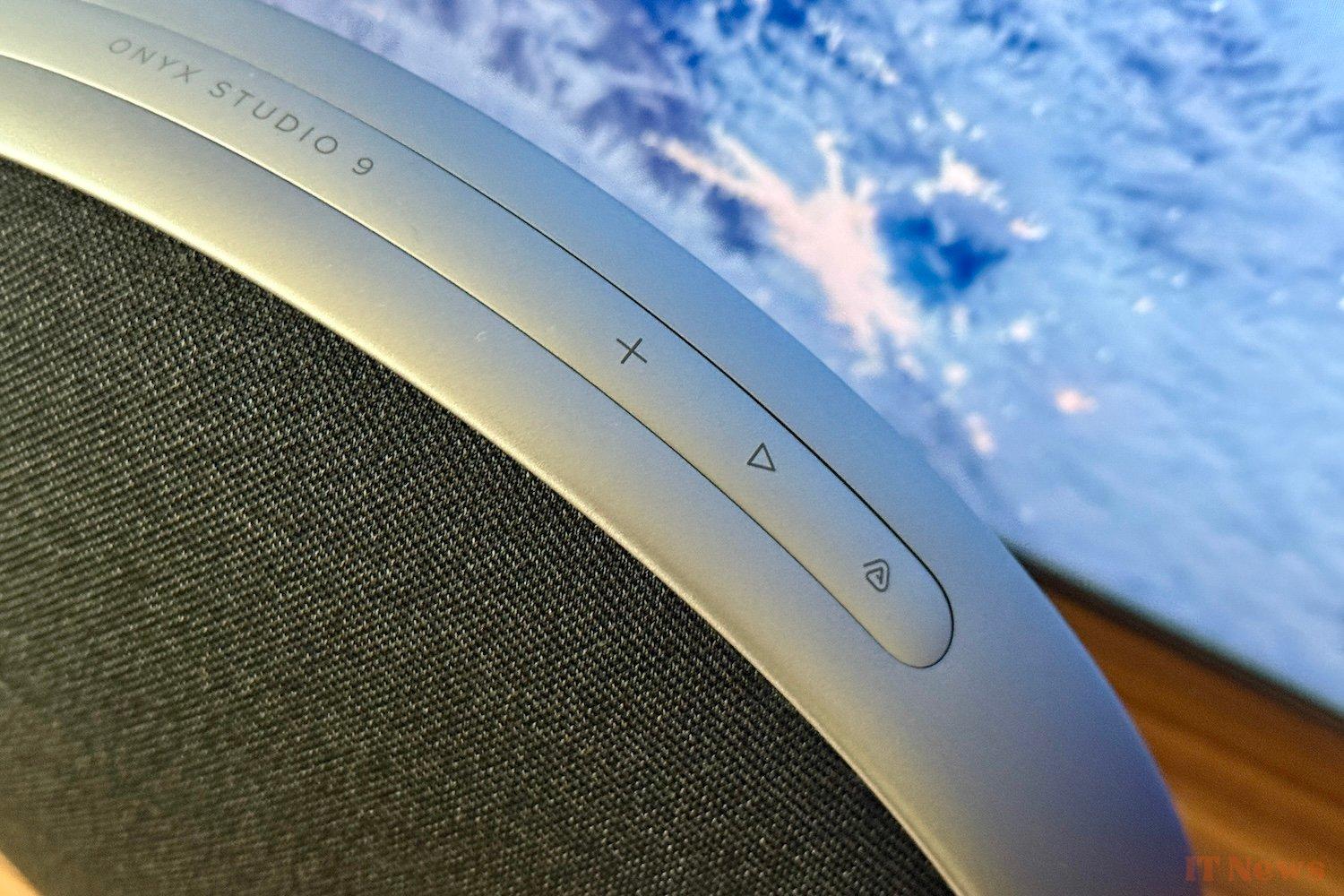
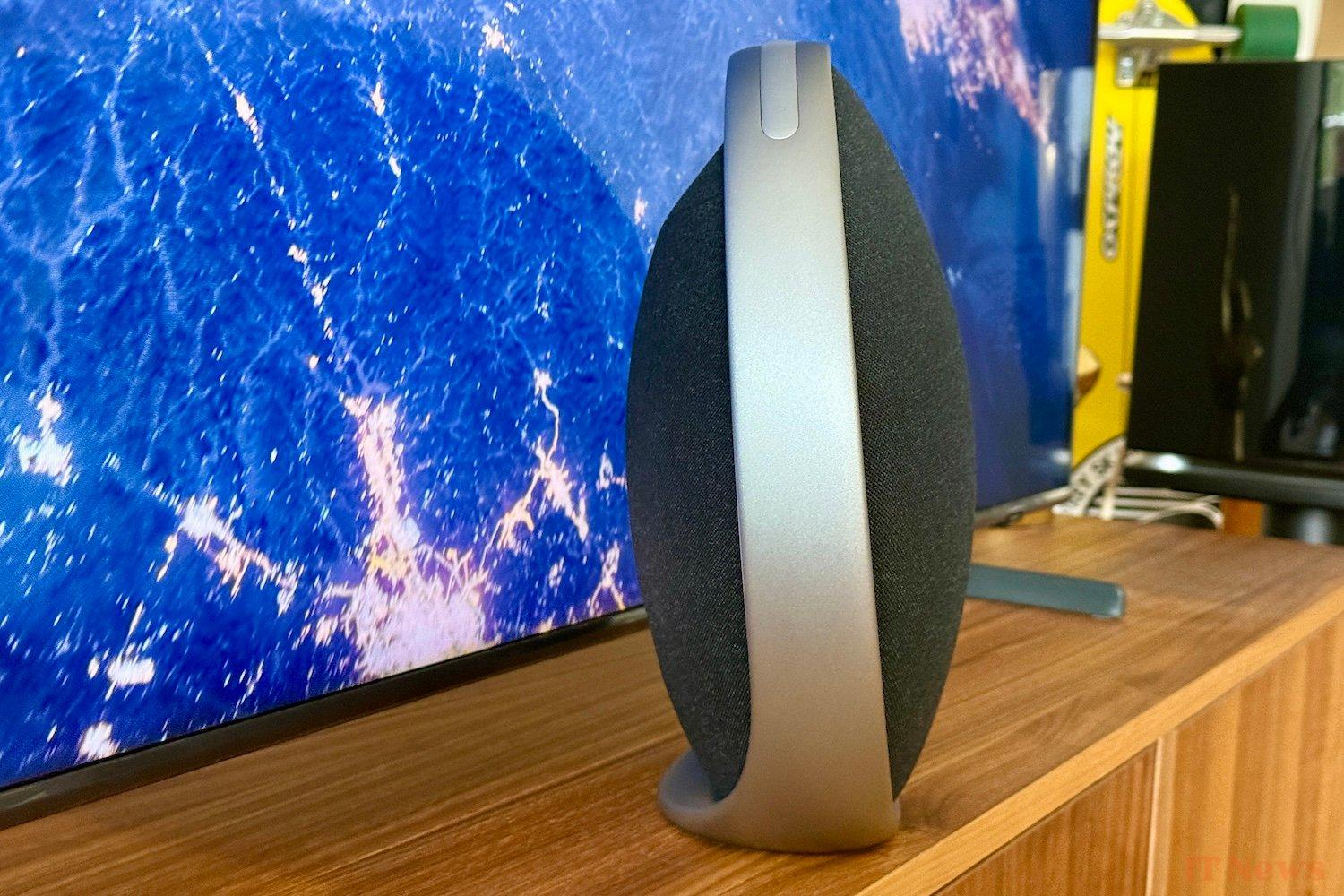
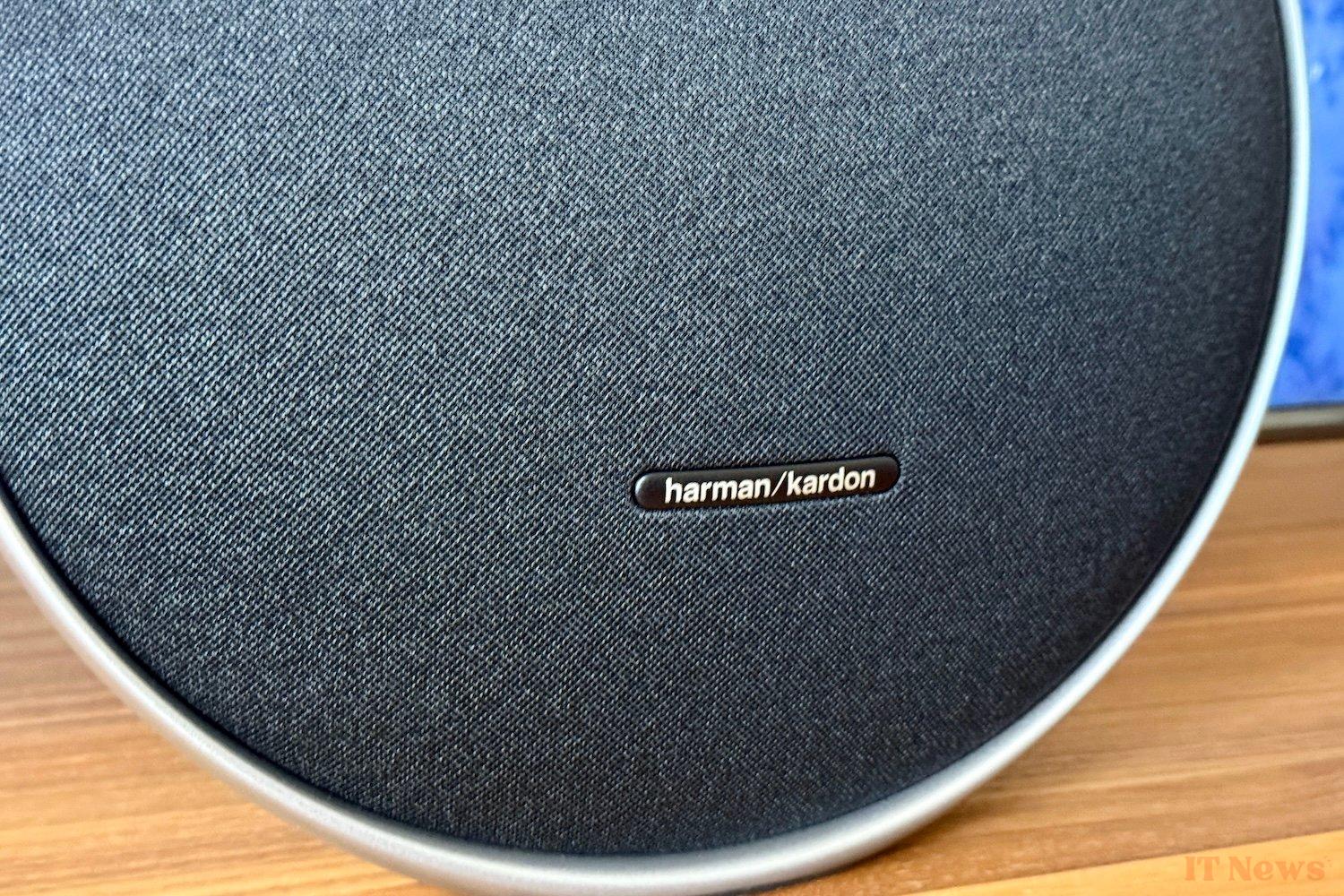
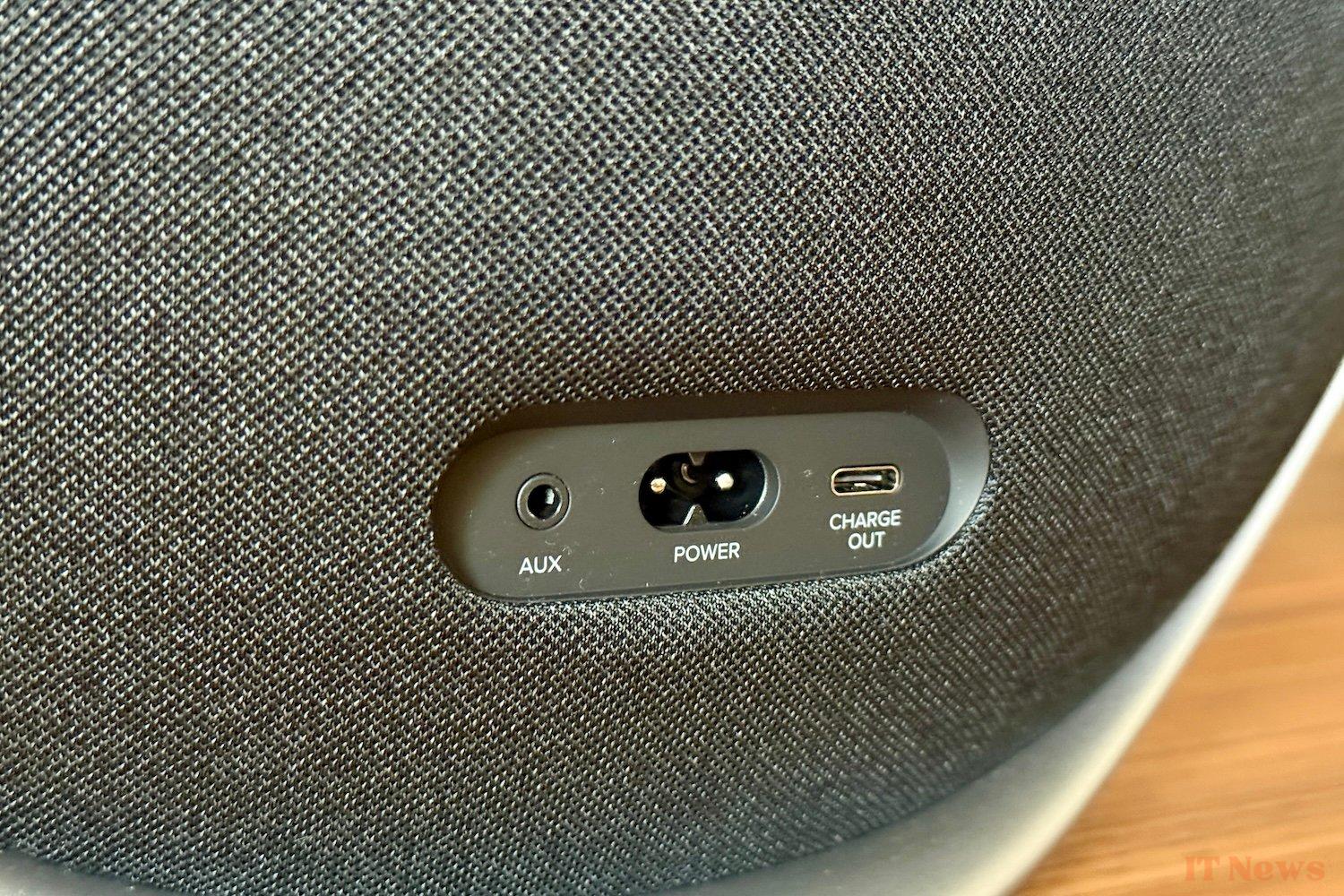

0 Comments